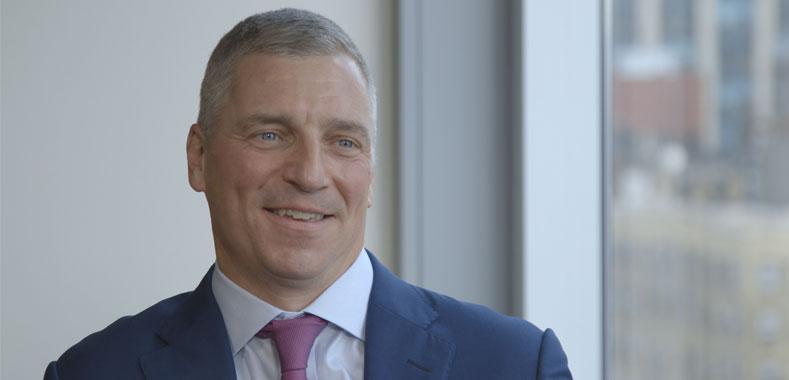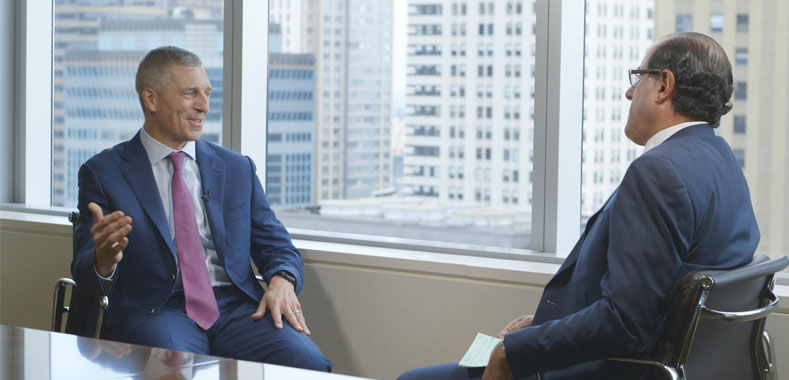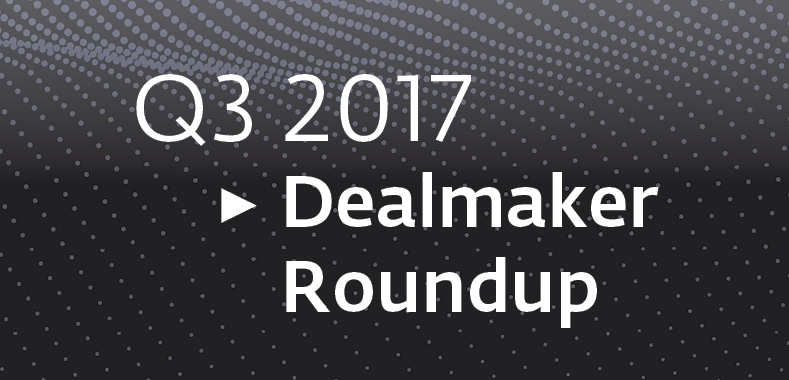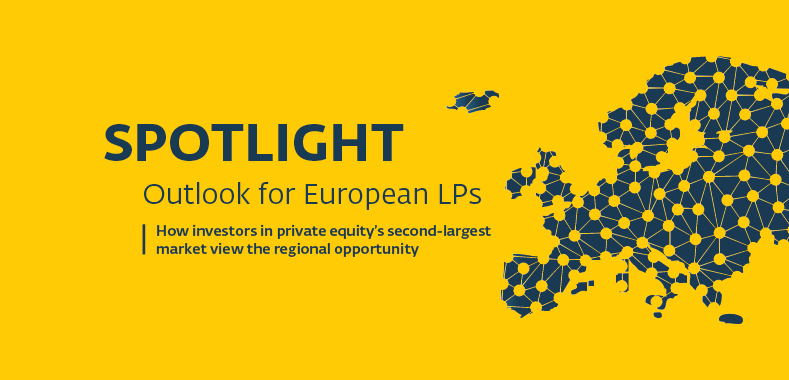Dealmaker Roundup Q3 2017
The middle-market private equity deal market is on fire, but where are the larger deals? Three deal experts describe the hesitancy in the mega-deal market and why it may be coming to an end. Also discussed: A huge Toshiba spinout in Japan; a logistics deal in Singapore; CPPIB’s acquisition of Calpine; the reported Nordstrom take-private.
Transcript Download Transcript
David Snow, Privcap:
Today, we’re joined by Giles Tucker of Harris Williams, Mike Fanelli of RSM, and Ryan Flanders of Preqin. Gentlemen, welcome to Privcap. Thanks for being here.
Unison: Thank you.
Snow: We’re talking all about deal activity in Q3 2017, but more importantly, longer-term deal trends that we think are important to the private equity and especially the middle market, where the three of you are very active.
It was a relatively flat quarter, at least compared to the previous quarter, as far as deal volume goes. There’s plenty of middle– to lower-middle market deals happening, yet the higher range of deal size was not happening to the extent that we think it probably should, given how much capital’s raised for mega deals.
Ryan, can you give us a sense of where we are in 2017 as far as the number of large deals getting done?
Ryan Flanders, Preqin:
Sure. I think you hit the nail on the head in terms of volume. If you look at this point last year, we had 61 deals over $1 billion. This year, to date, we’ve had 53 deals over $1 billion, so there’s a bit of a gap there in terms of volume at the higher end of the market.
Snow: Giles, your firm one of the largest participants in the U.S. middle market. What is your take on the fact that the numbers show for Q3 that there’s not quite as many large deals as one might expect?
Giles Tucker, Harris Williams:
I just don’t think one quarter really makes a trend. You know, when we were sitting here back in January, we talked about the underpinnings of what we thought was going to be a terrific M&A market this year and I think it’s turned out that way. But I think about the key pillars you need to have a strong M&A market—they’re all there. You’ve got ample liquidity in the form of private equity capital overhang, you have record levels of cash on balance sheets of corporations, and this is really a global liquidity issue. There’s just plenty of cash out there. You back that up with increased confidence in the board room amongst management teams and throw in what is, for the first time in a number of years, most global economies are in growth mode right now. The global central banks have got everybody in sync and we haven’t had that in a while.
So, if you look at the underlying data globally going back to 2014, I guess there are 15 quarters of data we’ve looked at; 13 of those 15 quarters are showing M&A volume north of $85 billion and 11 of 15 of those quarters are showing transaction counts of 1,000 or more. We’re in the golden age of PE buyouts right now.
Snow: Mike, I understand you’re very busy. Your firm services primarily the middle market, so you’re right in the thick of those kinds of deals. What’s your take on why there might not be more larger deals taking place right now?
Mike Fanelli, RSM:
We’re very busy in the middle market, M&As, especially, with private equity right now. We’re going through this whole transition right now where we know, or we think, tax reform is going to happen. Some of the larger investors might be holding back a bit and saying, “Maybe I’m going to wait to sell next year, because if I have a lower tax rate, I’m going to pay less taxes.” Buffett came out and said this week, “Why would I sell something this year and pay $350 million in taxes when I could sell it next year and pay $250 million in taxes?”
Also, we have a middle-market business index, which we survey at 700 middle-market executives and upper-middle market executives. That barometer actually declined for the first time in Q3 and we haven’t seen that in about a year to a year and a half. It might be just a bit of, again, uncertainty for regulatory and tax and a bit of geo-political uncertainty.
Tucker: These are pretty unprecedented times in terms of purchase multiples that are being paid in the market. You have to go all the way back to 2007, which people widely regard as one of the best M&A markets ever, to see multiples similar to what private equity groups are having to pay today. So, there may be an element that people are just hesitating to jump into a such frothy market. We’re seeing those multiples at that level across all 10 of our industry groups.
Snow: Let’s talk about the fact that actually there were a few pretty notable large deals announced in Q3. All of them [are] public-to-privates, which is interesting and may be a harbinger for what is to come. What’s very interesting is that the two largest deals announced in 2017, or rather in Q3 2017, are both in Asia.
The first big deal let’s talk about is the proposed buyout of the memory chip division of Toshiba. This is an $18-billion deal led by Bain Capital, yet it includes a number of very notable corporate partners: Apple, Dell, and a Korean company called SK Hynix. Anyone, what does this deal say to you about the importance of Asia as a place where large opportunities might take place?
Tucker: Capital is going to flow into where the best opportunities are. That’s just the way that the private equity industry works. You’re seeing greater opportunities in Asia perhaps at a little bit better values than you are here in the U.S.
I think the other thing you’re seeing is that there’s been a proliferation of deals going on in the chip and semi-conductor space. I think I saw a statistic the other day where there were 18 PE-backed deals done this year in the semi-conductor space, which historically has been viewed as a very cyclical business. I think people are beginning to view that industry a bit differently today, given the tailwinds that are behind it. It’s almost a derivative play, right? Chips are going into everything from refrigerators to smart phones to your car. I mean, how many chips are in the average car? The number’s just remarkable. And I think private equity is sensing that this Internet of Things, this growth that’s happening, is going to be here to stay.
Flanders: I think if you look at the cash that sits on balance sheets for some of these companies, them partnering up with larger private equity shops and finding opportunity to put that capital to work in maybe a more efficient way than leaving it on the balance sheet makes a lot of sense and is perhaps a pretty strong tailwind for the deal environment in Asia. [It] may be something we’ll see globally as well.
Fanelli: Yes, I think that’s the most interesting thing about that deal: you have a large private equity firm teaming up with other corporates to do a very large transaction of an international nature. I think this might be a bit of the tip of the spear of things to come in the next few years in terms of seeing more of those large deals that we said earlier did not come as fast as we thought they would in this year.
Snow: It’s amazing that this is in Japan, which is one of the largest economies in the world and has some of the largest companies in the world, yet has been almost a zero as far as private equity spinout activity. So, here’s a large corporate division from a major company in Japan ridding itself of one of its divisions, partnering with private equity and, if this is the beginning of a trend, it could be a pretty big trend.
The next Asia deal I want to talk about briefly is Global Logistics Properties. What’s notable is that there are no Western private equity firms as part of this transaction. It’s a couple of very large Chinese private equity firms that are leading this, which I think points to the ascendancy of Asian private equity as a global force. Giles, I don’t know how much you see in the U.S. of Asian and Chinese capital coming in, but it seems like it’s looking for a home all over the place.
Tucker: Asia private equity groups, in particular those based in China, are very active across a number of our industry groups, looking at a number of strategic assets. If you think about the types of business they’re looking for, they’re typically looking for businesses and industries where they can gain some kind of advantage from a technology standpoint.
Fanelli: The other thing to add to that, too, [is that] some of what we’re seeing is corporates in Asia providing capital, partnering with U.S.-based PE firms that are maybe fundless PE firms, but partnering with them, providing them set amounts of capital to have them look for investments in the U.S.
Snow: The third–largest announced private equity deal in Q3 was Calpine Corp., a power company. It’s a deal that includes a private equity firm called Energy Capital Partners, and CPP Investment Board, a large Canadian pension. These Canadian pensions—many of them have been doing their own private equity deals for years now and are starting to inspire other pension players around the world, including even in the U.S., to start thinking about bypassing private equity funds and putting capital to work directly.
Fanelli: One interesting trend we’re seeing is these pension funds doing direct co-invests with U.S. private equity firms, so they’re also invested in the funds, but they want to do the direct investments alongside them for certain direct deals, so that they’re removing some of the two-and-20 financials dynamics from just being invested in the fund.
Tucker: One other aspect to these pension funds going direct is that they have a lower return threshold than your typical private equity group. They’re trying to match their obligations with their investments and, if they can achieve a net 11-12% IRR on their investment and they have a 7% to 8% corresponding liability (long-term liability) on the other side of the balance sheet, that works for them, so they can get really aggressive in some of these deals.
Snow: Of course, in an already competitive deal market, if you are a private equity firm bidding for the same asset against a low-cost of capital Canadian pension, it must be a little disheartening that you probably can’t get to where you want to get with your own projected returns, which need to be higher.
Tucker: It makes it tough for them to play, for sure.
Flanders: Another theme to follow on is the interest within the infrastructure energy environment that you touched on briefly. Within the LP community, there’s certainly interest in getting access to deals that potentially have access to deals that have longer cash flows, earlier distributions, and that’s something you would find in the infrastructure, maybe more mature energy environment.
Snow: There reportedly is a take-private deal for Nordstrom taking place where Leonard Green and Associates, the Los Angeles private equity firm, would partner with the family that controls Nordstrom to take it public. Presumably, this would be to reposition it out of the public eye. What’s interesting about the reported deal, Mike?
Fanelli: There’s going to be a lot of things behind the scenes. That it’s not just going to be brick-and-mortar retail. They need to fully integrate the digital transformation of the business to make it more profitable, which may potentially be smaller in the near-term with future growth prospects on the horizon, and it’s easier to do that outside of the public eye.
They’re having difficulties financing the deal. When you’re talking about a leveraged buyout transaction of a company that might be on the decline in the near-term to then grow in the future, it’s very difficult to get the deal dynamics right and to get the right lenders at the table. So, that one’s a bit on the fritz right now.
Tucker: One thing we all need to keep in mind is that, for instance, in the take-private space, the number of public companies available to go private today is dramatically fewer than it was even three or five years ago. The number of publicly–traded securities out there has just, I think, declined by as much as 50%. So, a lot of the public-to-private deals that private equity groups have executed in the last three to five years—their universe is getting smaller.
Snow: What’s amazing to me is that Leonard Green and Associates still has an appetite to go after a traditional retailer. They were the owner, or are the owner, of Sports Authority, which went bankrupt. So, what do you think gives them the confidence that they can turn around this traditional retailer that is probably getting hammered by Amazon and all the other forces that are hammering traditional retail?
Fanelli: I think they see a family-run business—the Nordstrom family has run that business for years—that has a great brand and a great name. They probably see value. Maybe there are some real estate plays there. Maybe there’s some financial transformation there, so I think there still is a play there. It’s just a matter of whether they can get it done with the right differential between equity and debt.
Flanders: Retail is probably one of the few sectors where you can actually find an asset at a discount, so that may be in play when they’re looking in the retail sector. Even given some of the missteps they’ve had prior in the retail sector.












